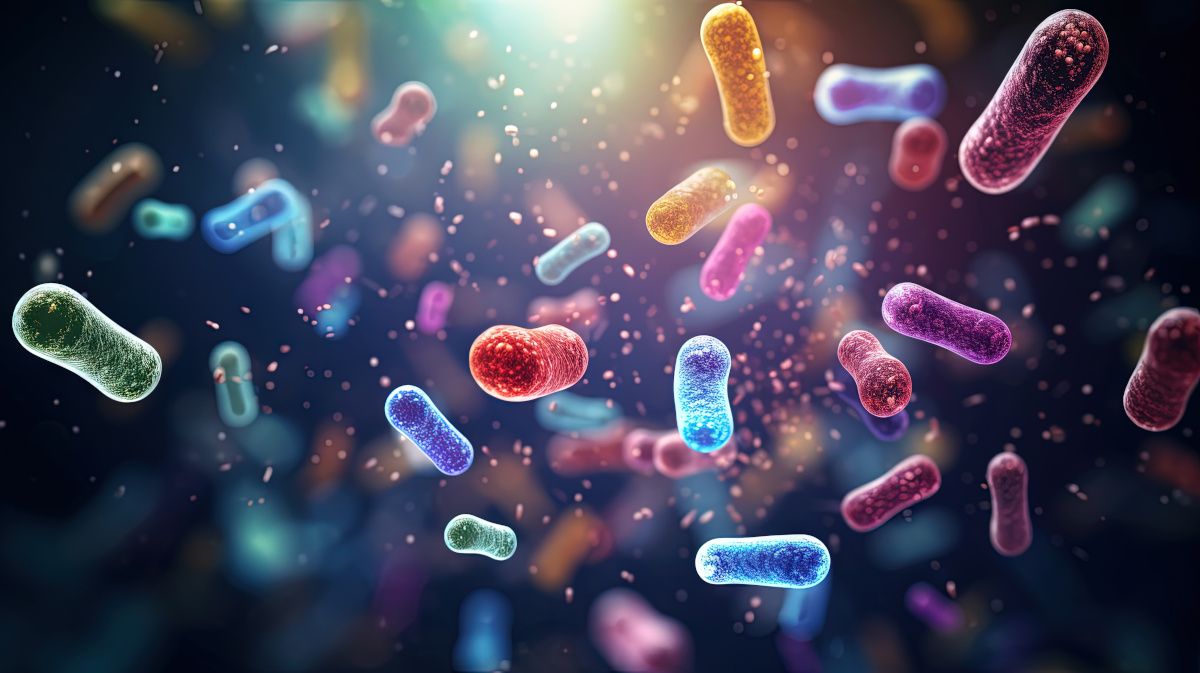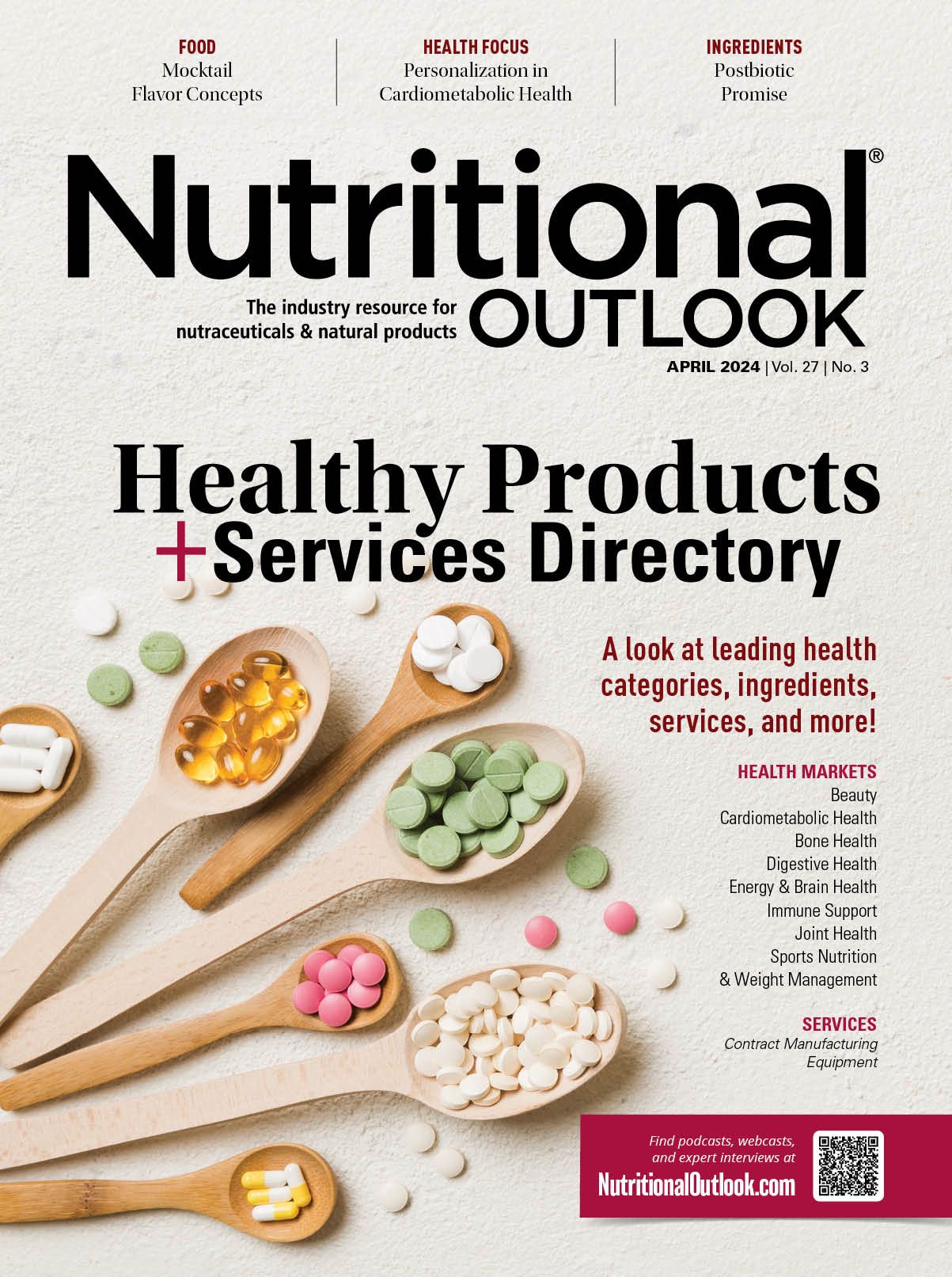Postbiotic Promise
The potential of postbiotic formulations.
Photo © AdobeStock.com/vxnaghiyev

The exciting thing about the digestive health category is that it is constantly evolving. The scientific literature about the gut microbiome, and how probiotics or prebiotics might influence not only the population of the microbes in our guts, but also various aspects of our health that include digestive, cognitive, cardiovascular, and skin health, continues to grow larger and more nuanced. One term that you are sure to have noticed popping up, is “postbiotic.”
According to the International Scientific Association for Probiotics and Prebiotics (ISAPP), a postbiotics is a “preparation of inanimate microorganisms and/or their components that confers a health benefit on the host.” This means that live microorganisms have been purposefully killed, and it is the remaining “components” that confer a benefit.1 According to ISAPP, “effects might be mediated by microbial cell components, including pili, cell wall components or other structures. The presence of microbial metabolites or end products of growth on the specified matrix produced during growth and/or fermentation is also anticipated in some postbiotic preparations.”
The beneficial metabolites and end products of fermentation include short-chain fatty acids (SCFAs), exopolysaccharides (EPSs), and bacteriocins.2 SCFAs such as burytate, propionate, and acetate are produced by gut bacteria, and confer benefits such as controlling inflammation. Research indicates that people with inflammatory bowel diseases are depleted of butyrate-producing bacteria. EPSs can also control inflammation as well as strengthen the gut barrier, or epithelium. Bacteriocins, for their part are antimicrobial peptides antagonistic against specific microbes to protect the gut from pathogens.2 All of these factors have a lot of potential for the development of products that could confer major gut health benefits. And while probiotics are still very important, making products from postbiotics can be less complicated.
This is because postbiotics are inherently stable during industrial processing and storage while live microbes are highly sensitive to heat and oxygen, with a limited shelf life.1 Another interesting advantage ISAPP points to is intellectual property protection. Strain development and trademark can be time consuming and costly. If you’re making a postbiotic from a microorganism, there are no live microorganisms for competitors to isolate from commercial products. Additionally, the inanimate nature of the microbial biomass means they should not be constrained to the same health and safety measures as products with live microorganisms.2 As a result, there may be an opportunity to develop postbiotics from microbes that are not on QPS or GRAS lists into therapeutics for human application.
Of course, just like probiotics and prebiotics, the benefits of postbiotics can certainly extend beyond the gut.2 Skin health is a good example. While we’re still learning about the skin microbiome, and the use of nutricosmetic probiotic formulations to support skin health, postbiotics open up a great deal of potential in topical applications due to their stability. Other external applications are also being explored. For example, a postbiotic eye drop derived from Latilactobacillus sakei, approved in Europe as a medical device, was found in research to reduce symptoms of dry eye – while an oral probiotic did not – by suppressing inflammatory response on the ocular surface.3
Women’s health is another area worth exploring since acidifying metabolites like lactic acid and D-lactate, produced by lactic acid bacteria, dominate the vaginal microbiome. Lactic acid bacteria helps create the ideal pH that prevents the growth of pathogens that cause infection.2 Naturally, research indicates that postbiotic preparations containing metabolites of lactic acid bacteria may offer women substantial protection from infection.
Products of yeast fermentation can also be postbiotics. Such is the developing world of microbiome research that ingredients that have been on the market for some time are now able to identify as postbiotics. Epicor is a good example. A fermentate of brewer’s yeast, Saccharomyces cerevisiae, the ingredient has been around as an immune health ingredient long before the term postbiotic was coined. Justin Green, director of scientific affairs for Epicor, now a Cargill brand explains that for a long time, it was difficult to pin down the right term for the ingredient.
“Epicor has been around 17 years. Even before that, the parent company was in the livestock arena and they’ve been doing that for 75 years. For a long time, even before Epicor, the issue was what we call this kind of ingredient. They didn’t want to call the yeast extract or dried yeast, it was more than that; it was specialized fermentation and it uses spent media, and so they called it fermentate. They actually pulled that book out of an old fermentation textbook,” says Green. “It worked well enough to differentiate it from dried yeast and yeast extract, but it never really caught on...[Then] we started doing gut health science…going to gut health conferences and all of a sudden this term postbiotic was starting to be used. And [we realized] this fits exactly what Epicor is. Finally, we have a name for a category that both fits the identity and how we’re saying it works, in the gut.”
Some postbiotics may have been around for a some time, but now that we have a better understanding of what they are and the potential benefits, industry can expect a great deal more innovation and product development related to postbiotics. There’s a lot of probiotic bacterial strains just waiting to be killed.
References
- Salminem, S.; Collado, M.C.; Endo, A.; Hill, C.; Lebeer, S.; Quigley, E.M.M.; Sanders, M.E.; Shamir, R.; Swanna, J.R.; Szajewska, H.; Vinderola, G. The International Scientific Association of Probiotics and Prebiotics (ISAPP) consensus statement on the definition and scope of postbiotics. Nature, 2021, 18, 649-667. DOI: 10.1038/s41575-021-00440-6
- Scott, E.; Paepe, K.D.; Van de Wiele, T.Postbiotics and Their Health Modulatory Biomolecules. Biomolecules, 2022, 12 (11), 1640. DOI: 10.3390/biom12111640
- Heydair, M.; Kalani, M.; Ghasemi, Y.; Nejabat, M. The Effect of Ophthalmic and Systemic Formulations of Latilactobacillus sakei on Clinical and Immunological Outcomes of Patients With Dry Eye Disease: A Factorial, Randomized, Placebo-controlled, and Triple-masking Clinical Trial. Probiotics Antimicrob Proteins, Article ASAP. DOI: 10.1007/s12602-023-10079-1 (Accessed June 13, 2023).

Recent animal study finds that Lysoveta may help reduce neonatal brain injury
July 17th 2024A recent animal study found that lysophosphatidylcholine (LPC)-bound omega-3 long-chain polyunsaturated fatty acids (LCPUFAs), marketed as Lysoveta by Aker BioMarine, protected against neonatal hypoxic-ischemic (HI) brain injury in mice.